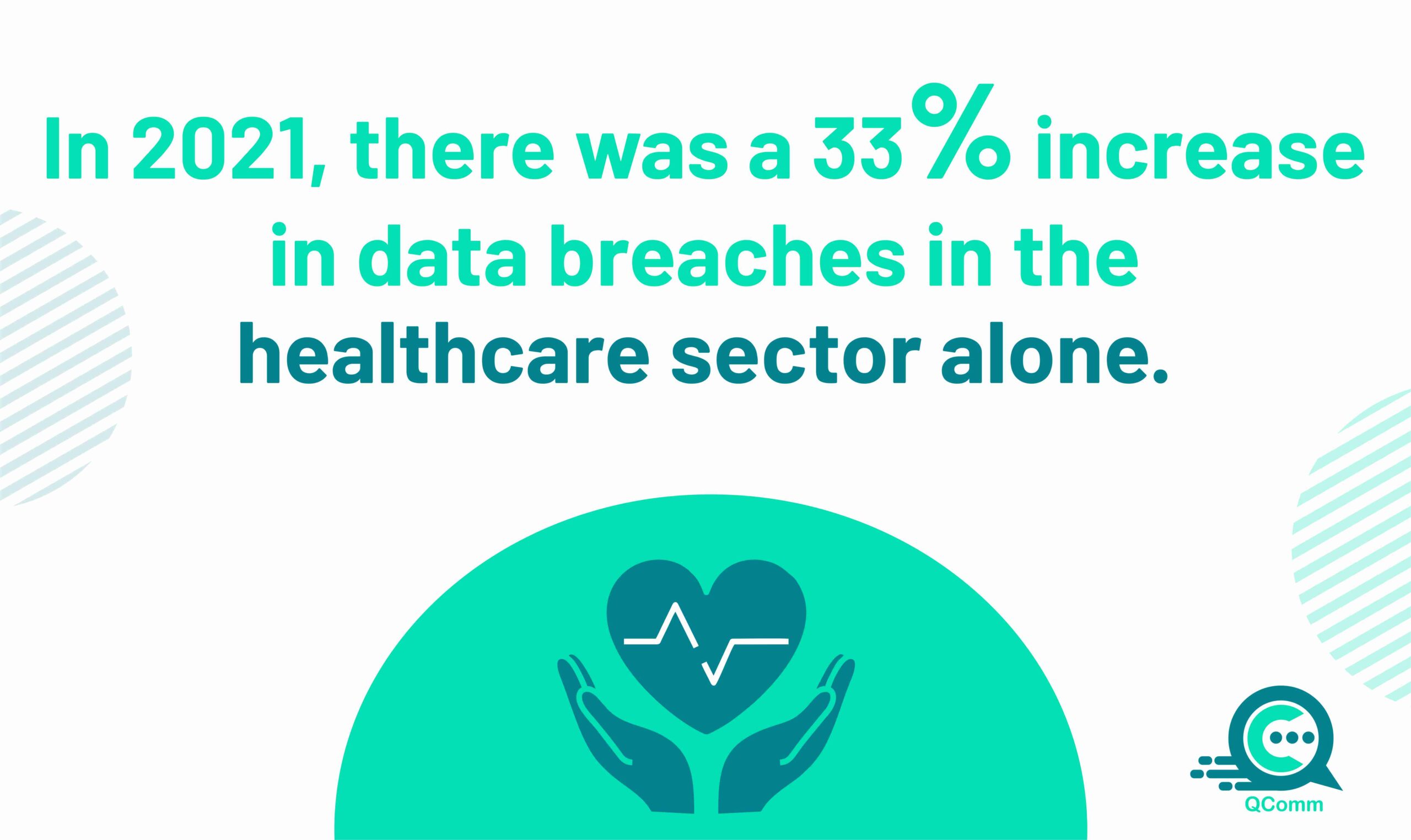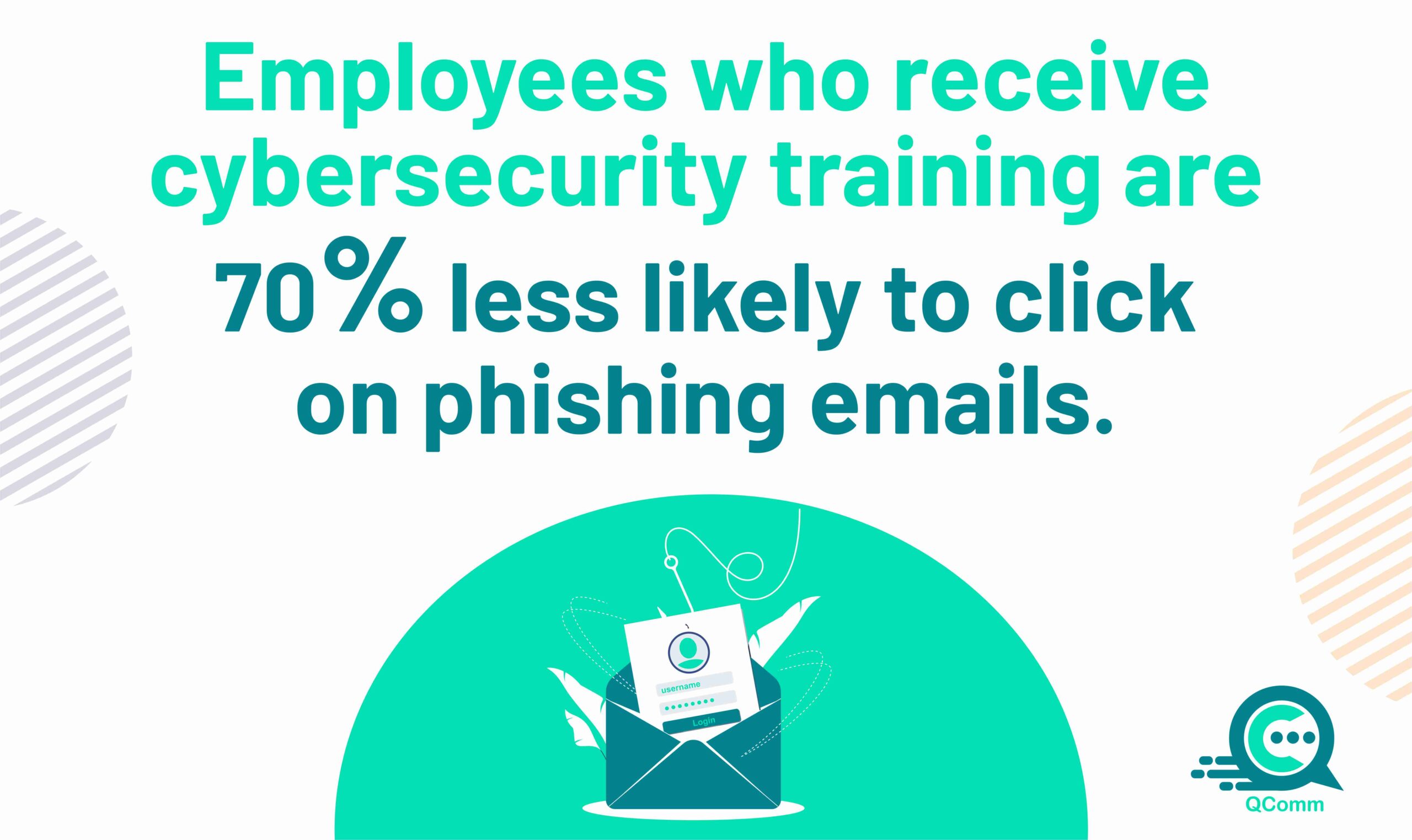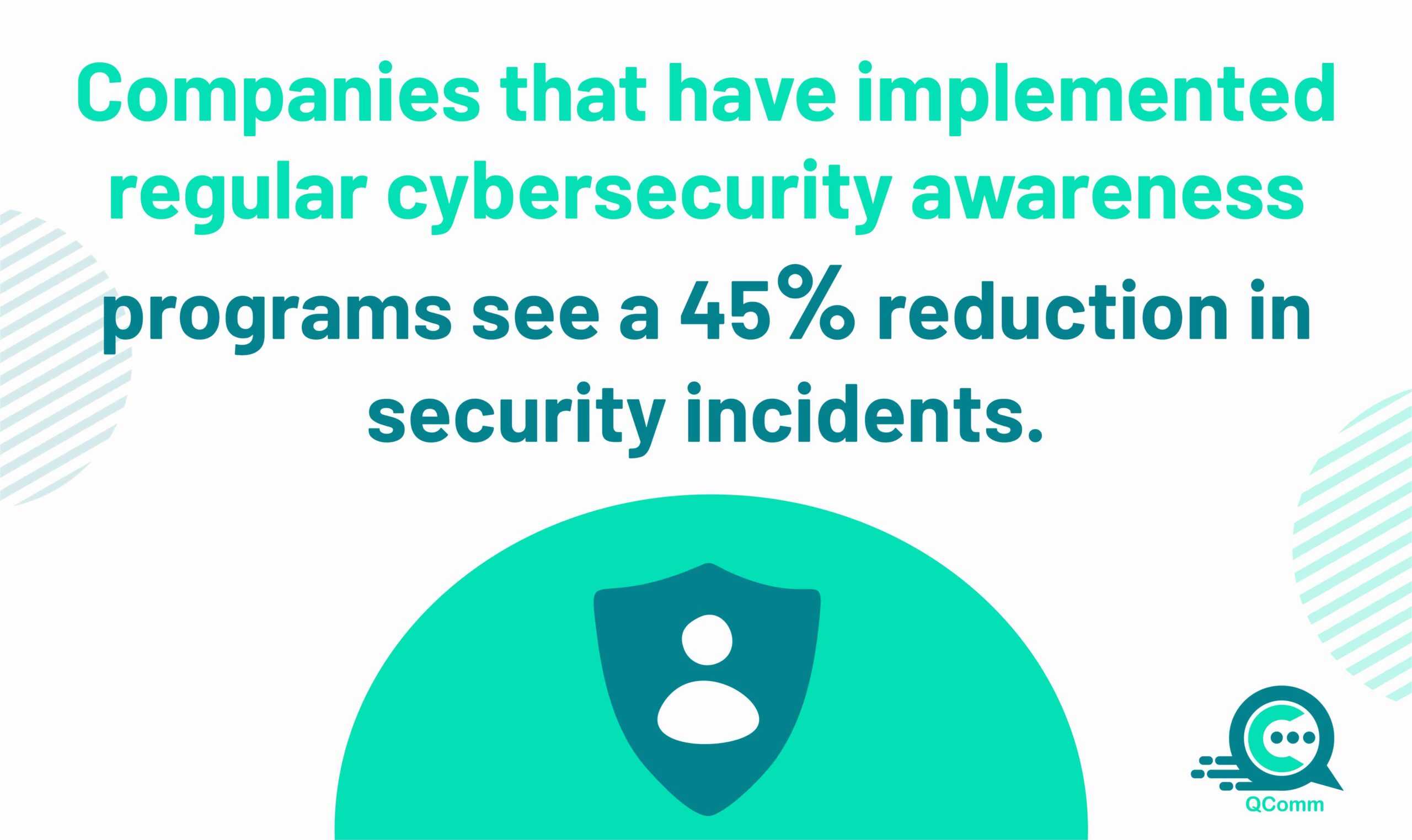
Imagine waking up to an urgent message from your IT department: “We’ve just suffered a cyber breach. Sensitive customer data has been compromised.” The panic sets in as you recall the team meeting last week, where discussions about security protocols felt more like a formality than a priority. The realisation hits hard: could this have been prevented?
In a world where technology evolves daily, so do the threats that accompany it. Cisco’s Annual Cybersecurity Report Highlights a staggering statistic: more than one-third of organisations that experience a cyber breach lose customers, business opportunities, and revenue. If that isn’t a wake-up call, what is?
Cyberattacks often exploit the most vulnerable link in the security chain—your employees. A recent study revealed that 90% of all cyberattacks begin with human error. So, how can organisations turn the tide and empower their workforce to become an effective line of defence? The key lies in effective, timely, strategic cybersecurity notifications.
1. Security Breach Alerts: Immediate Response is Critical
The number of cyber breaches has surged across various sectors, with 360 data breaches reported in the healthcare industry alone in the first half of 2021. When an attack occurs, every second counts. Delays in notifying employees can lead to data leaks, operational paralysis, and costly recovery efforts.
Use for: Instant alerts when a security breach occurs. It’s vital that your message interrupts any ongoing work to address the issue immediately.
Best Channels: Pop-up alerts and scrolling tickers are excellent methods for reaching employees instantly. Whether your staff is remote, in-office, or working on-site, a disruptive message ensures their attention.
By having pre-built message templates ready to deploy, your team can instantly send out high-priority breach alerts without lengthy approval processes, allowing for immediate action when every second matters.

2. Employee Awareness: Reinforcing Cybersecurity Behaviours
Cybersecurity isn’t a one-time effort. It requires ongoing engagement. Regular communication reinforces key messages and transforms them into second nature. Studies show that employees who receive consistent reminders are much more likely to recognize and act upon potential threats.
Use for: Regular reminders about cybersecurity best practices, such as avoiding phishing scams or using secure passwords.
Best Channels: Digital signage, corporate screensavers, and lock screens are non-intrusive yet effective tools for promoting cybersecurity messages. A well-timed reminder about phishing attempts or secure data handling can go a long way in keeping employees alert.
Digital platforms can enhance your campaigns, deploying essential security updates seamlessly. Whether it’s a reminder to use strong passwords or guidance on avoiding phishing scams.
3. Education and Training: Making Cybersecurity Personal
It’s concerning that one-quarter of employees admit to clicking on phishing links at work. Regular training sessions keep employees informed about the emerging cybersecurity threats. Training doesn’t need to feel like a chore, it should be engaging, relevant, and personalised to different roles and departments.
Use for: Providing employees with ongoing cybersecurity training, including simulated phishing attacks and real-world scenarios that could threaten your business.
Best Channels: Quick training questionnaires, online quizzes and e-learning modules allow you to track progress and engagement. Interactive experiences help retain attention and drive home important lessons. This combined with taking feedback after training keeps a track of whether they understood or not and a constant feedback in the areas of improvement in the training sessions and integrates transparency in your workplace.
This approach not only equips your team with the skills to identify threats but also fosters a culture of awareness and accountability throughout your organisation.

4. Staff Compliance: Ensuring Everyone Follows Protocols
“Cybersecurity is the responsibility of every single person in the organisation.” This belief underscores the need for a solid communication plan that ensures employees understand their roles in maintaining security.
Use for: Ensuring compliance with security policies, such as acknowledging updates or agreeing to new procedures.
Best Channels: Compliance alerts with mandatory “I Accept” buttons ensure that employees are aware of the latest security policies and procedures. These alerts can be configured to send reminders until action is completed.
Automating these acknowledgments not only simplifies the process but also guarantees that every employee is held accountable, reinforcing a culture of compliance.
Crafting an Effective Cybersecurity Awareness Campaign
Knowing how to implement these tools effectively is crucial for your campaign’s success. A well-planned cybersecurity awareness campaign will ensure your workforce is equipped to recognize threats and respond appropriately.
Here’s how to structure your campaign:
- Assess Risks: Identify your organisation’s specific cybersecurity risks. Are phishing attacks your greatest threat? Tailor your campaign to the most pressing risks.
- Segment Your Audience: Different roles face different threats. A personalised approach increases the likelihood of engagement with your messages.
- Use Multiple Channels: A single email isn’t enough. Combine pop-up alerts, screensavers, quizzes, and digital signage to ensure maximum visibility.
- Track and Measure Success: Analyse which methods were most effective after each campaign. Did employees respond faster to pop-up alerts? Did screensaver messages increase awareness about phishing scams?
Ultimately, the goal is to create an environment where cybersecurity becomes part of your organisation’s culture – a shared responsibility that everyone is engaged in.

Conclusion
In today’s constantly evolving digital landscape, protecting your organisation’s cybersecurity is not just about having the right technology in place. It’s about keeping your employees informed, engaged, and ready to act. From immediate breach alerts to consistent staff training and compliance management, clear and effective communication is the foundation of a strong defence.
This is where QComm comes in. With its ability to deliver real-time notifications, pop-up alerts, and targeted messaging across various platforms. Whether on desktop or mobile, QComm ensures that vital cybersecurity information reaches your entire workforce instantly, no matter where they are. Whether you’re sending urgent breach notifications or reinforcing ongoing security practices, our platform can streamline your internal communications, allowing your teams to stay alert and aligned with security protocols.
By integrating QComm into your cybersecurity strategy, you equip your business with the tools to communicate swiftly and efficiently, reducing response times and minimising potential risks. From compliance alerts to engaging screensavers, QComm helps you foster a culture of cybersecurity awareness that keeps employees at the frontline of your defence.
Stay informed and protect your business — subscribe to our QComm newsletter for expert insights, industry updates, and best practices that keep you ahead of the curve. For more on how QComm can enhance your internal communications and cybersecurity defences, visit QComm.co today!


